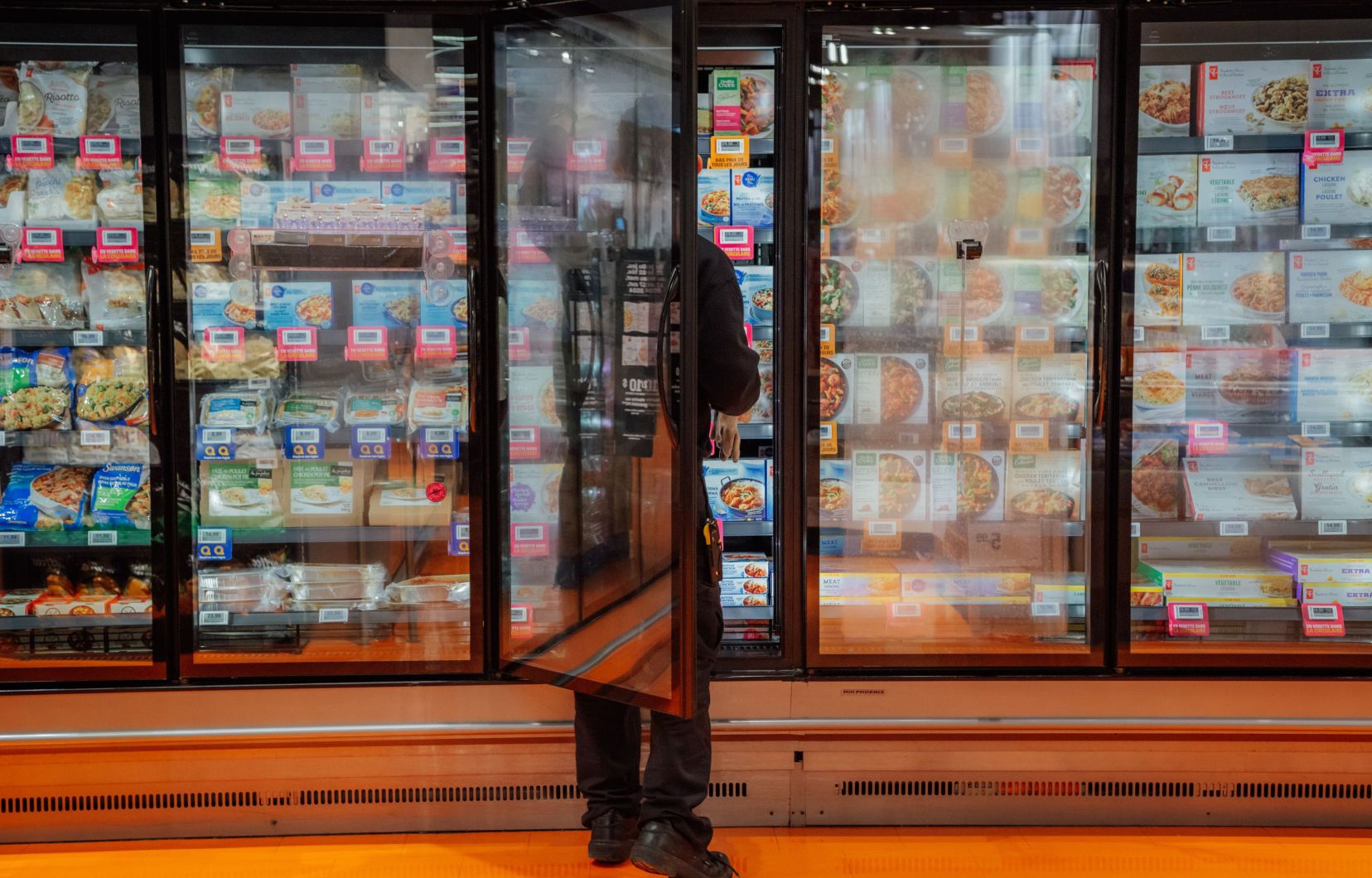The Canadian economy grew more than expected in July, but this strength was short-lived as the momentum did not appear to have carried over into August.
On Friday, Statistics Canada reported that real gross domestic product rose 0.2% in July, thanks to strength in the retail sector, after remaining essentially unchanged in June.
The agency said its first estimates for August suggested that real GDP for the month was essentially unchanged, as strength in oil and gas extraction and the public sector was offset by weakness in manufacturing, transportation and warehousing.
TD Bank economist Marc Ercolao said further interest rate cuts are certainly on the table during the Bank of Canada’s next interest rate decision at the end of October.
“For what it’s worth, we don’t think today’s data tips the scales more or less in favor of a potential 50 basis point cut in interest rates, which would follow the recent decision of the Federal Reserve,” Mr. Ercolao wrote in a report.
“Instead, the focus will be more on upcoming labor market data as well as inflation data, where the bank will look for signs that price growth can sustainably hold at 2%. “, he added.
Statistics Canada is scheduled to release its September employment report on October 11 and its latest inflation figures on October 15. The Bank of Canada’s next interest rate decision is scheduled for October 23, when it will also update its economic forecast in its monetary policy report.
In July, the retail trade sector notably advanced 1.0%, representing its highest monthly growth rate since January 2023. Vehicle and automotive parts dealers contributed the most to growth in this sector. sector, mainly due to new car sales.
The public sector aggregate, which includes educational services, health care, social assistance and public administration, rose 0.3% for a seventh month consecutive.
For its part, the finance and insurance sector recorded a second consecutive monthly increase, of around 0.5% in July.
The forest fires that raged across the country, however, had a negative impact on certain sectors.
The transportation and warehousing sector notably saw a decrease of 0.4%, down for a second consecutive month, largely due to the decline recorded in rail transportation.
Statistics Canada recalls that the forest fires which spread in Jasper National Park, in Alberta, led to the suspension of traffic on a railway line, which interrupted the transport of certain goods to western Canada.
Several iron ore mines also paused their activities due to the fires that were active in Labrador and northern Quebec, which led to a reduction in extraction.
As for the construction sector, it declined for a second consecutive month. It fell 0.4% in July.
Olivia Cross, North America economist at Capital Economics, indicated that the latest figures suggest a performance of the Canadian economy lower than her forecasts and those of the Bank of Canada for the third quarter.
“With there being little sign that the economy is accelerating as the Bank of Canada had predicted, we expect the bank to cut interest rates by 50 basis points at its October meeting” , wrote Ms. Cross.
The Bank of Canada has cut its key rate by a quarter of a percentage point three times this year, bringing it to 4.25%.
Gov. Tiff Macklem said it was reasonable to expect further interest rate cuts, given progress on inflation, but that the pace and timing of the cuts would depend on evaluation of economic data by the central bank.
